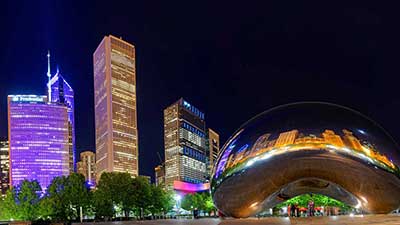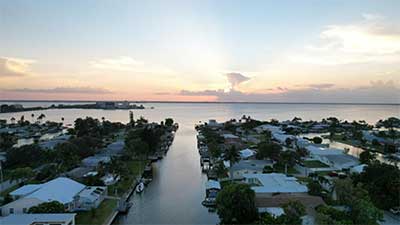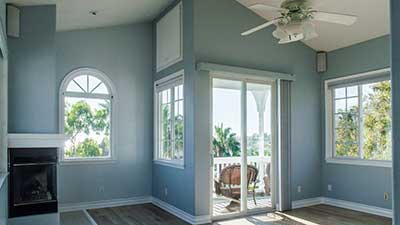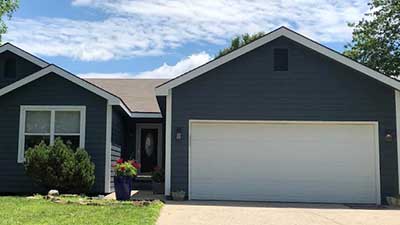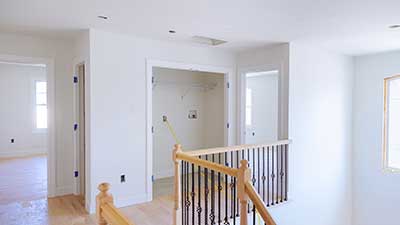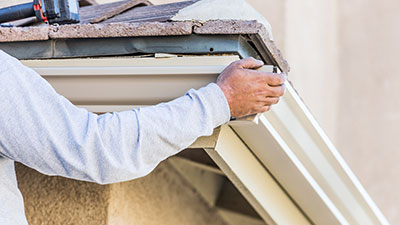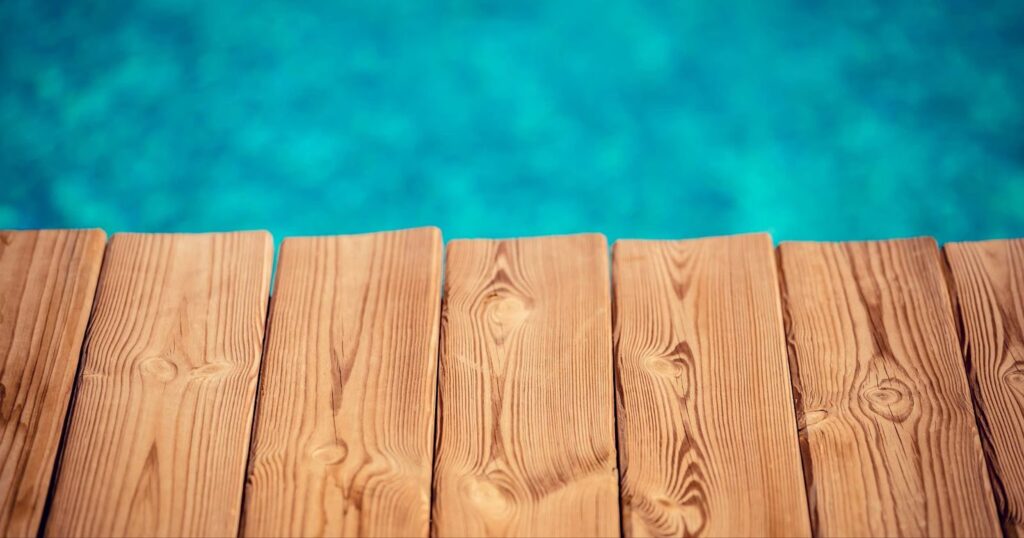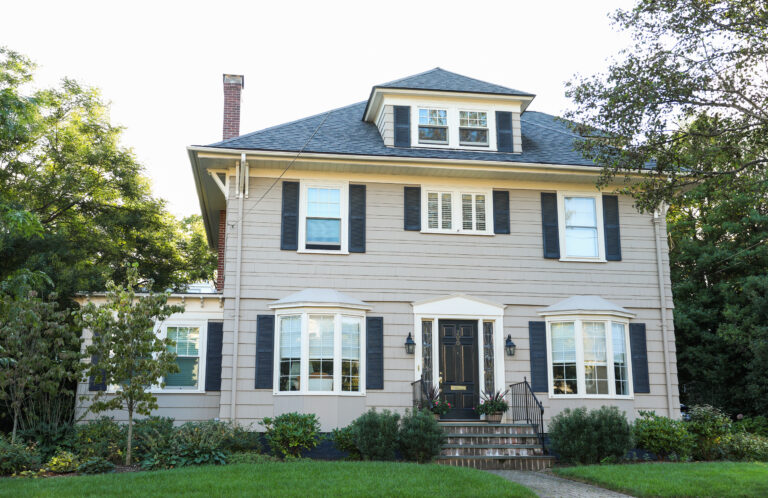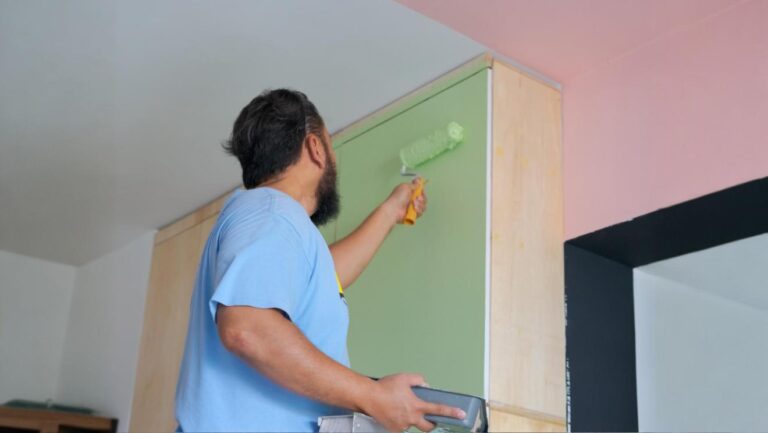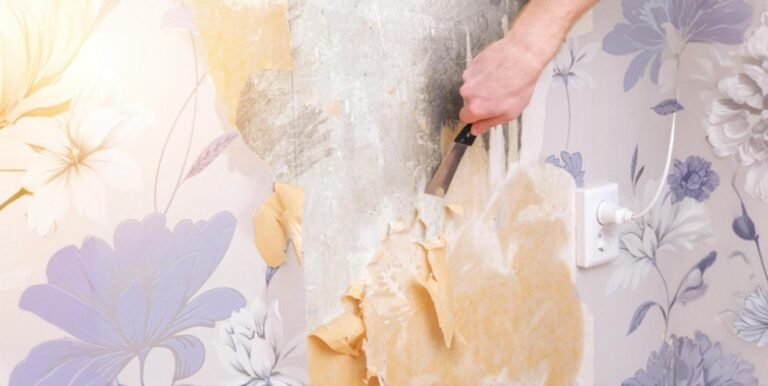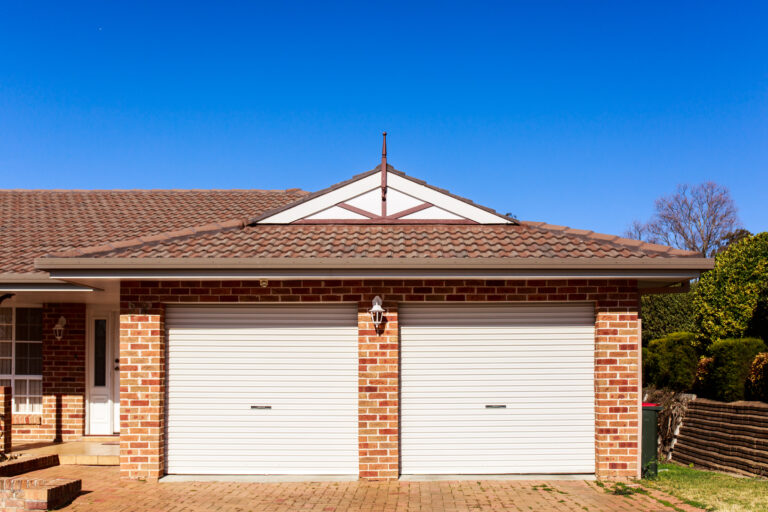Building an outdoor deck ranks among the smartest home improvements you can make. A well-designed deck creates extra living space, provides the perfect spot for family gatherings, and adds real value to your property. Wood decks deliver an impressive 80 percent return on investment, beating many other home improvement projects.
The secret to a successful deck project lies in selecting the right decking material. Your choice determines everything from upfront costs to long-term maintenance needs. With options ranging from budget-friendly pressure treated lumber to luxury tropical hardwoods, the variety can feel overwhelming.
This guide breaks down the best wood for decking options available today. You’ll discover which materials work best for different budgets, climates, and lifestyle needs. Whether you want a low-maintenance solution or prefer natural wood charm, we’ll help you make the smart choice for your outdoor space.
Key Takeaways
- Pressure treated pine costs the least upfront but needs yearly maintenance and can splinter.
- Cedar and redwood naturally resist rot and look great, making them smart premium wood choices.
- Tropical hardwoods like ipe last 30-50 years with minimal care, perfect for luxury outdoor deck projects.
- Composite decking blends wood fiber with recycled material for maintenance free performance that looks like real wood.
- Humid climates need naturally resistant woods or synthetic materials rather than basic pressure treated lumber.
- OnDemand Painters can install your deck properly, ensuring any decking material performs at its best.
What Makes the Best Wood for Decking?
The best decking materials share several important characteristics that separate them from poor choices. Understanding these qualities helps you evaluate options and make decisions that save money over time.
Durability stands as the most critical factor. Your deck faces constant exposure to rain, snow, UV rays, and temperature changes. The best wood types resist these elements without warping, cracking, or rotting quickly. Some woods achieve this naturally through oils and dense grain structure, while others require chemical treatment.
Maintenance requirements vary dramatically between wood types. Some decking materials need annual staining and sealing to prevent decay. Others require only occasional cleaning to look great for decades. Consider how much time and money you want to spend on upkeep when comparing options.
Cost involves more than the initial purchase price. Cheap materials that need frequent replacement or extensive maintenance often cost more long-term than premium options. Calculate total ownership costs including lumber, installation, staining, repairs, and eventual replacement.
Climate compatibility matters significantly. Woods that thrive in dry climates may fail quickly in humid areas. Match your decking material to local weather patterns for the best results.
Pressure Treated Wood: The Budget-Friendly Choice
Pressure treated wood dominates the decking market for good reason. This chemically treated lumber offers decent performance at prices that fit most budgets. Understanding how it works helps you decide if it’s right for your project.
The treatment process starts with softwood lumber, usually pine. Manufacturers place the wood in pressure chambers and force preservative chemicals deep into the wood fibers. This chemical treatment makes the wood resistant to rot, insects, and moisture damage that would quickly destroy untreated lumber.
Pressure treated pine costs significantly less than other decking materials. You can build a basic deck for a fraction of the price of premium alternatives. This affordability makes it popular with budget-conscious homeowners and contractors working on spec homes.
However, pressure treated wood comes with notable drawbacks. The material requires regular maintenance to perform well long-term. Plan to power wash, sand, and apply stain or sealant annually or every two years. Skipping this maintenance leads to gray, weathered appearance and reduced lifespan.
Wood splinters present another concern, especially for families with children who play barefoot on the deck. The chemicals used in treatment can make splinters particularly painful and potentially cause infections. This safety issue makes pressure treated lumber less appealing for pool decks and play areas.
Despite these limitations, pressure treated wood works well for homeowners who want basic deck functionality without high upfront costs.
Premium Wood Types for Your Dream Deck
Premium wood options deliver superior performance and natural beauty that pressure treated lumber can’t match. These materials cost more upfront but often provide better long-term value through reduced maintenance and longer lifespans.
Cedar and Redwood: Natural Beauty Meets Performance
Cedar represents one of nature’s best decking materials. This naturally rot resistant wood contains oils that repel insects and resist decay without chemical treatment. Western red cedar, grown in the Pacific Northwest’s wet climate, develops tight grain patterns that contribute to its outstanding outdoor performance.
The wood’s natural beauty sets it apart from treated alternatives. Cedar features warm tones and attractive grain patterns that many homeowners find appealing. It weathers to an elegant silver-gray color over time, though you can maintain the original appearance with periodic staining.
Cedar deck boards offer excellent dimensional stability. The wood resists warping, twisting, and splitting better than pressure treated alternatives. This stability makes installation easier and keeps the deck looking neat over time.
Redwood boards provide similar benefits with subtle differences. This naturally resistant wood grows primarily in California and features distinctive reddish tones. Redwood offers slightly higher strength than cedar and excellent weather resistance.
Both cedar and redwood cost significantly more than pressure treated lumber. Prices have increased as supply tightens, particularly for high-grade clear boards.
Tropical Hardwoods: The Luxury Option
Tropical hardwoods represent the ultimate in deck performance and luxury. These extremely durable materials from Central and South America offer unmatched longevity and stunning natural appearance.
Ipe wood leads this category as one of the hardest woods available. This Brazilian walnut features incredible density that makes it naturally resistant to insects, rot, and fire. Ipe decks can last 30-50 years with minimal maintenance, making the high upfront cost worthwhile for many homeowners.
The wood’s natural appearance includes rich browns, reds, and golden tones that create stunning outdoor spaces. Ipe weathers to an attractive silver patina over time, though periodic oiling maintains the original colors.
Other exotic hardwoods like Cumaru, Tigerwood, and Massaranduba offer similar performance at varying price points. Working with tropical hardwoods requires special considerations due to their density. Plan for carbide blades, pre-drilling holes, and potentially higher installation costs.
Environmental concerns surround some tropical hardwood sources. Look for suppliers who can document sustainable forestry practices and proper certifications.
Douglas Fir and Other Alternatives
Douglas fir provides a middle ground between pressure treated lumber and premium options. This Pacific Northwest species offers good strength and stability at moderate prices. The wood features attractive grain patterns and accepts stains well.
Douglas fir requires treatment for outdoor use since it lacks natural rot resistance. However, it responds well to staining and sealing programs. With proper care, douglas fir deck boards can provide 15-20 years of service.
Composite Decking vs. Wood: Modern Alternatives
Composite decking has revolutionized the deck material options available to homeowners. This engineered material combines wood fiber with recycled plastic to create boards that look like natural wood while solving many traditional problems.
The manufacturing process blends wood particles with plastic polymers, creating a dense, uniform material. Many composite products feature protective caps that wrap around the entire board, including the bottom. This capping system prevents moisture penetration that could cause swelling or rot in the wood core.
Composite decking offers significant maintenance advantages over natural wood. These boards resist staining, fading, and insect damage without chemical treatments. You won’t need to sand, stain, or seal composite materials. Only occasional cleaning with soap and water keeps them looking great for decades.
The aesthetic appeal of modern composite decking has improved dramatically. Today’s products feature realistic wood grain patterns and natural colors that closely mimic real wood. You can choose from dozens of colors and textures to match your home’s style.
Cost comparisons favor composite over time despite higher upfront prices. While composite decking costs more initially than pressure treated wood, the maintenance free nature eliminates ongoing expenses for stains, sealers, and frequent repairs. Many manufacturers back their products with 25-30 year warranties.
Composite materials perform well in all climates. They resist moisture better than wood, making them ideal for areas with high humidity or frequent rain. The materials also handle freeze-thaw cycles without cracking or splitting.
However, composite decking does have limitations. Dark colors can get hot in direct sunlight, making them uncomfortable for bare feet. The materials can also scratch or dent from heavy furniture or sharp objects, though newer capped products resist this damage better.
PVC Decking: The Low-Maintenance Solution
PVC decking represents the premium end of synthetic deck materials. Made entirely from polyvinyl chloride with no wood content, these boards offer the ultimate in low-maintenance performance.
The lack of organic material in PVC decking eliminates concerns about moisture absorption, rot, or insect damage. These boards perform well in extremely wet conditions, making them ideal for pool decks, coastal areas, or regions with heavy rainfall.
PVC decking requires minimal maintenance throughout its lifespan. The non-porous surface resists stains and cleans easily with basic soap and water. You’ll never need to stain, seal, or treat PVC boards to maintain their appearance and performance.
Modern PVC products offer excellent aesthetic appeal with realistic wood grain textures and natural colors. The materials resist fading better than composite alternatives and many carry fade warranties of 50 years or more.
PVC decking costs more than other deck material options but delivers excellent long-term value. The combination of durability, low maintenance, and strong warranties often justifies the premium price for homeowners who want trouble-free deck ownership.
Choosing the Best Decking Materials for Your Needs
Selecting the right decking material depends on balancing several factors specific to your situation. Start by establishing a realistic budget that includes both initial costs and long-term expenses.
Consider your maintenance preferences honestly. If you enjoy weekend projects and don’t mind annual deck care, natural wood might suit you well. Homeowners who prefer minimal upkeep should focus on composite or PVC options.
Climate plays a major role in material performance. Humid areas favor naturally resistant woods or synthetic materials. Dry climates allow more flexibility in wood choices. Areas with extreme weather conditions benefit from materials designed to handle temperature swings.
Think about how you’ll use your outdoor deck. Heavy foot traffic from large families or frequent entertaining calls for durable materials like hardwoods, composite, or PVC. Occasional use allows more flexibility in material selection.
Aesthetic preferences matter for long-term satisfaction. Some homeowners love the natural charm and aging characteristics of real wood. Others prefer the consistent appearance and color options available in synthetic materials.
Professional installation can make a significant difference in deck performance regardless of material choice. Consider consulting experienced contractors like Ondemand Painters who understand local conditions and proper installation techniques.
Maintenance and Care for Different Wood Types
Proper maintenance extends the life of any deck material and keeps it looking attractive. Different materials require different approaches to care and protection.
Naturally rot resistant woods like cedar and redwood need periodic cleaning and optional staining to maintain their appearance. These woods can go years between treatments but benefit from annual inspection and cleaning.
Pressure treated lumber requires more intensive care. Plan for annual power washing followed by staining or sealing. This regular maintenance prevents the gray, weathered look that develops when treated wood goes unprotected.
Tropical hardwoods need the least maintenance among natural wood options. Annual cleaning with occasional oiling maintains their rich colors, though many owners let them weather naturally to an attractive silver patina.
Synthetic materials require only basic cleaning to perform well. Remove debris regularly and wash with soap and water as needed. Avoid abrasive cleaners that might scratch protective surfaces.
Watch for signs that indicate deck replacement time. Loose or rotting boards, widespread staining, or structural issues suggest the deck has reached the end of its useful life.
Conclusion
The best wood for decking depends on your specific needs, budget, and preferences. Pressure treated lumber offers affordable functionality for budget-conscious projects. Cedar and redwood provide natural beauty with good performance for homeowners who appreciate traditional materials.
Tropical hardwoods deliver premium performance and stunning appearance for those willing to invest in the ultimate deck experience. Composite and PVC alternatives solve maintenance concerns while offering excellent long-term value.
Consider consulting professionals like OnDemand Painters for proper installation and finishing work. Their expertise in working with different decking materials ensures your investment performs well and looks great for years to come.
Take time to evaluate your priorities and local conditions before making a final decision. The right decking material will provide decades of enjoyment and add lasting value to your home.
FAQs
What makes deck boards last longer in outdoor conditions?
High quality wood with natural oils or chemical treatment resists moisture, rot, and wood boring insects better than untreated lumber.
Which deck wood works best for families with children?
Cedar and composite materials avoid the splinter problems common with pressure treated lumber while providing safe, durable surfaces.
How do I protect my outdoor deck from insect damage?
Choose naturally resistant woods like cedar or ipe, or select composite materials that wood boring insects cannot penetrate or damage.
What deck material options require the least maintenance?
Composite and PVC materials made with recycled material need only occasional cleaning, while natural woods require annual staining and sealing.
Why are hardwoods like ipe considered the best decking materials?
These tropical species offer extreme density, natural resistance to decay and insects, and can last 30-50 years with minimal care.
Do composite deck boards really contain recycled material?
Most quality composite products blend wood fibers with recycled plastic, creating durable boards that perform better than traditional lumber while supporting environmental sustainability.

